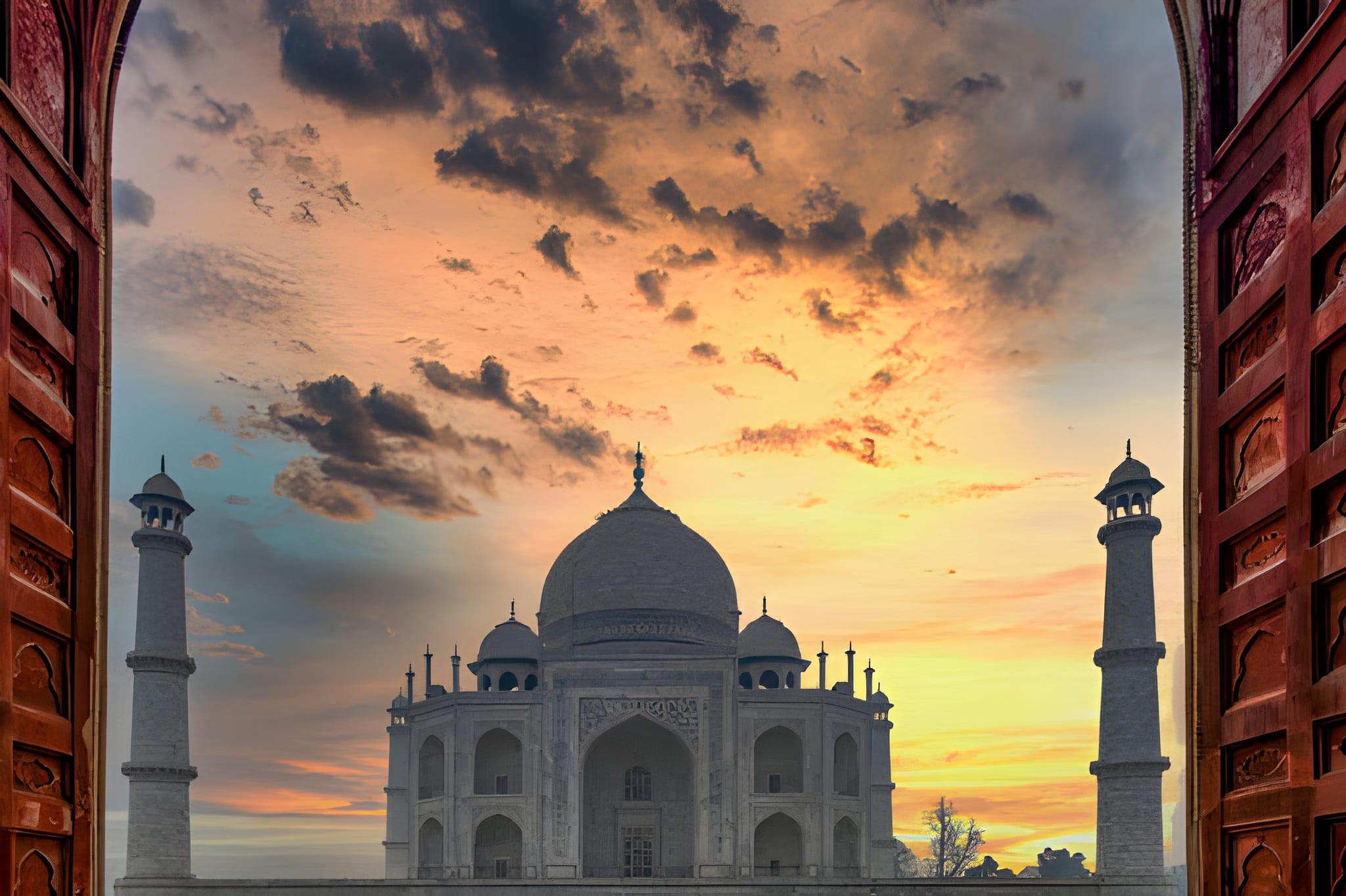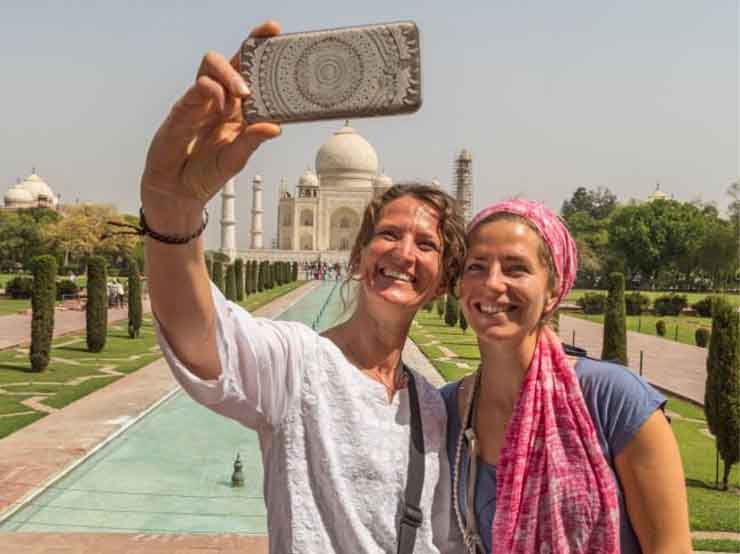The Taj Mahal, one of the world’s most iconic monuments, stands as a timeless symbol of love, beauty, and architectural mastery. Built by Emperor Shah Jahan in memory of his beloved wife Mumtaz Mahal, this magnificent white marble mausoleum has inspired millions of visitors from around the globe for centuries. But as time passes, pollution, over-tourism, and environmental factors threaten its pristine beauty. Preserving the Taj Mahal is not just a responsibility of the Indian government—it’s a global duty.
Understanding the Challenges
The Taj Mahal faces several environmental and human-made challenges that could impact its longevity:
-
Air Pollution: The marble structure is slowly turning yellow due to industrial emissions, vehicle pollution, and smog. These pollutants react with moisture in the air, causing corrosion and discoloration.
-
River Pollution: The Yamuna River, flowing behind the Taj Mahal, plays a vital role in maintaining the monument’s foundation. Its declining water levels and pollution have weakened the soil, threatening the stability of the structure.
-
Tourism Pressure: While millions of visitors bring attention and revenue, excessive foot traffic causes wear on the marble floors and walls. Improper handling, littering, and overcrowding also affect the monument’s preservation.
-
Climate Change: Rising temperatures and unpredictable weather patterns contribute to erosion and surface damage, posing long-term risks.
Efforts Being Taken to Protect the Taj Mahal
The Indian government, conservationists, and UNESCO have implemented several initiatives to safeguard the monument:
-
Pollution Control Measures: Industries near Agra are being regulated, and vehicular traffic has been restricted within a certain radius around the monument. Electric vehicles and battery-powered buses are encouraged for tourist transport.
-
Restoration and Cleaning: The Archaeological Survey of India (ASI) regularly cleans the Taj Mahal using a “multani mitti” (Fuller’s Earth) treatment — a natural clay that removes impurities and restores the marble’s shine.
-
Eco-Friendly Tourism: Authorities are promoting responsible tourism by encouraging visitors to respect preservation guidelines, such as avoiding touching the walls and maintaining cleanliness.
-
Tree Plantation Drives: Planting more trees in and around Agra helps improve air quality, offering a natural shield against pollution.
What We Can Do
Every visitor plays a role in preserving the Taj Mahal. Here’s how you can contribute:
-
Travel Responsibly: Choose eco-friendly transportation and follow local regulations designed to protect the site.
-
Avoid Littering: Dispose of waste properly and help maintain the monument’s surroundings.
-
Respect Preservation Rules: Refrain from graffiti, touching delicate marble surfaces, or using flash photography in restricted areas.
-
Support Conservation: Choose official ticketing platforms that fund preservation efforts and responsible tourism.
A Shared Legacy
The Taj Mahal is not just India’s treasure—it belongs to the world. Its preservation ensures that future generations can marvel at its elegance and experience the same sense of wonder that visitors feel today. Each step we take, no matter how small, helps secure its future.
If you’re planning to visit this architectural wonder, make your experience both memorable and meaningful by booking your official entry tickets at Ticketstajmahal.com. Your visit supports sustainable tourism and helps protect this monument of eternal love for the generations to come.










Comment (0)